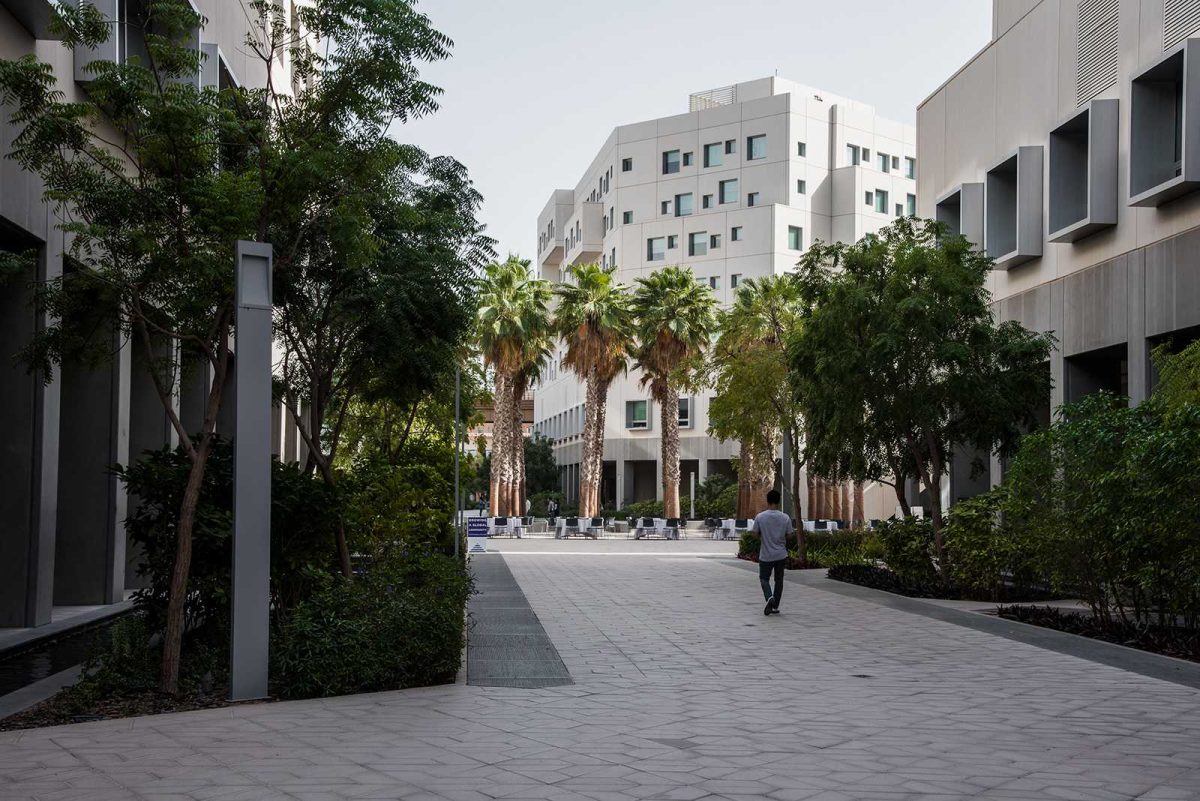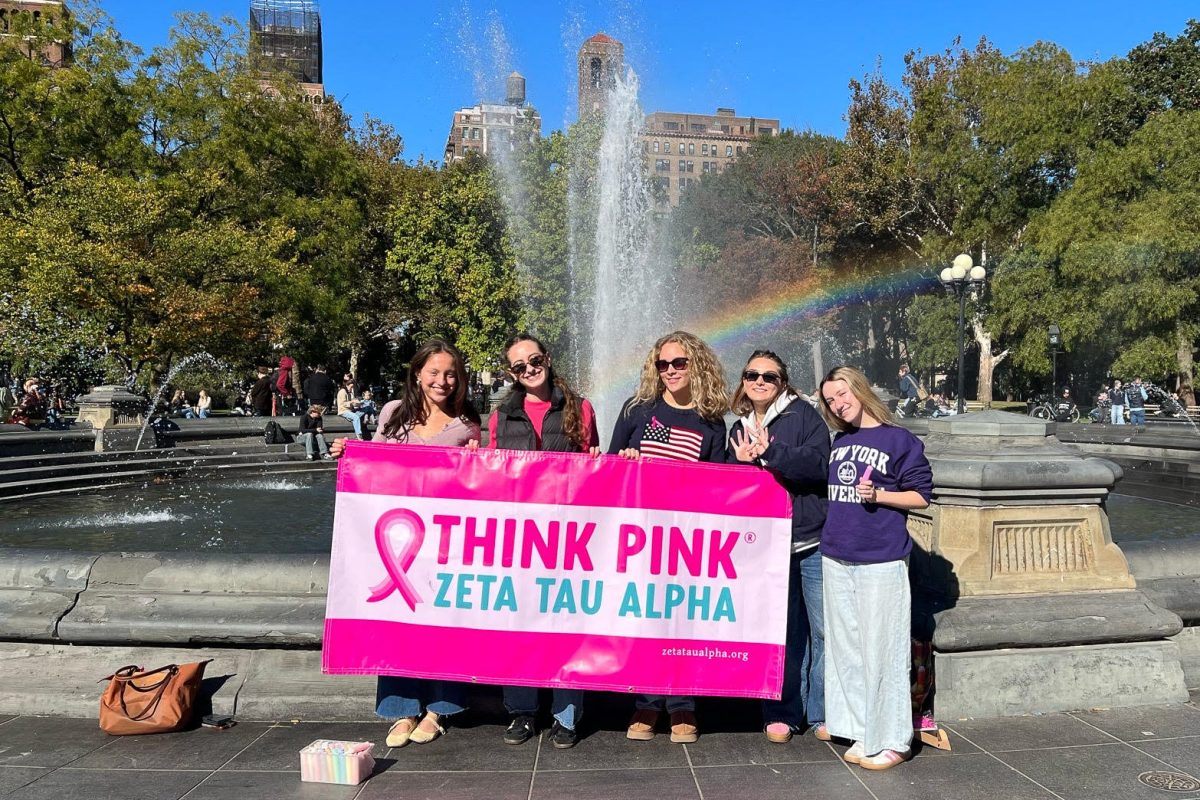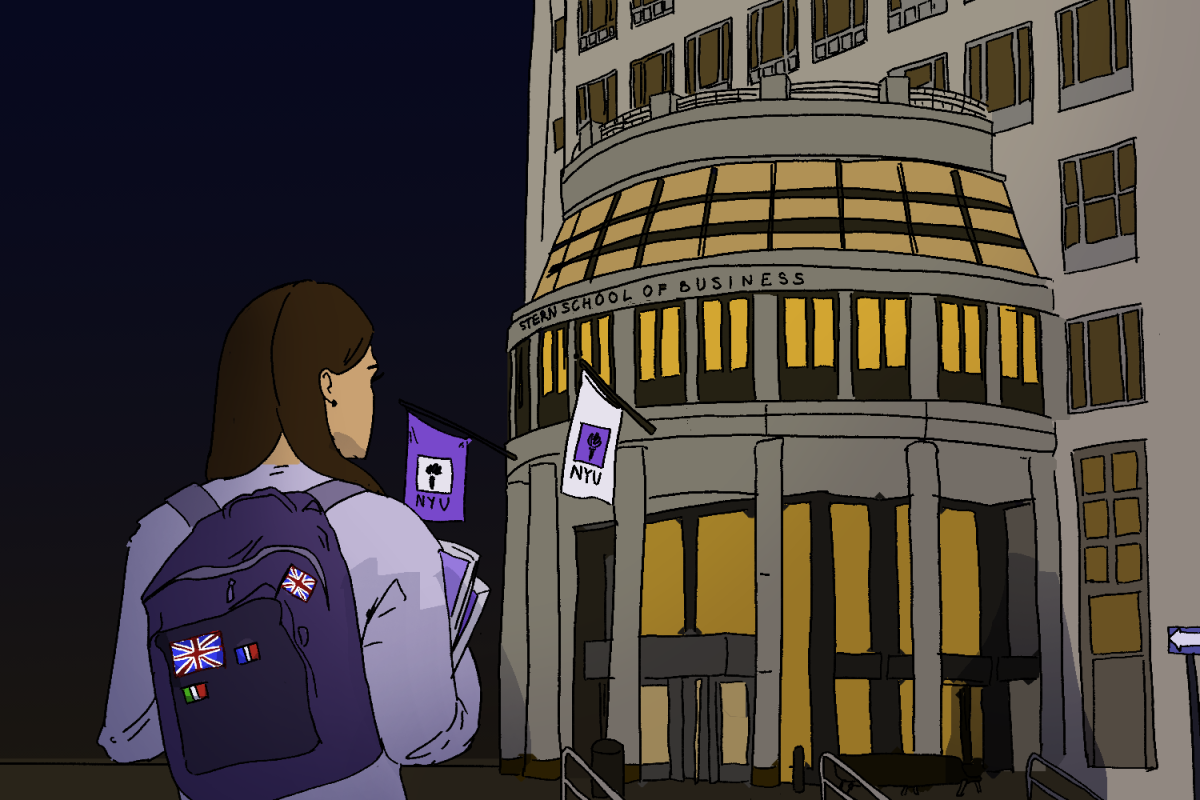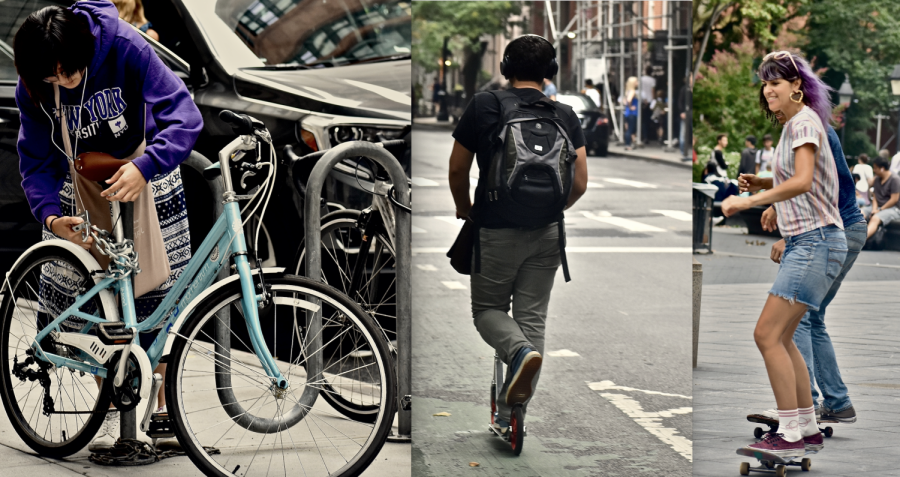Skate, Scoot, Skedaddle: Creative Commuting Around NYU
Call up all your Thrasher bros right now.
Biking, scootering and skateboarding are some of the many ways students get from home to class.
September 18, 2018
Ranked the fourth top dream school in the United States, it’s NYU’s prestigious location in Greenwich Village that draws interest from all over the world — but in practice, makes it a nightmare to get around campus.
Though a non-issue for the denizens of Rubin or Lipton Residence Hall, making it on time to class can become quite the pricey struggle for anyone living beyond ninth Street and University Place. Some students, however, have opted to skip subway turnstiles and hefty long morning walks for other creative, cost-efficient modes of transportation.
Just when you thought that your childhood problem of taking a Razor scooter straight to the ankle was over, the joys of adult scooting have scooted their way to Washington Square Park. This year, many students, including Steinhardt sophomore Joey Mervis, have arrived back at campus equipped with Razor’s finest.
“I first got a scooter as a joke,” Mervis admitted. “But after I got it here and rode it around a couple times I realised that it was actually efficient.”
Mervis calculated that scooting shaves off more than half the time it would to walk. A downside, though, is that he zooms past his peers and misses out on sidewalk conversations. Or his nightmare: his friends catch him scooter in hand.
“It can definitely be embarrassing to meet people on a college campus while you’re holding a scooter,” Mervis said. “But if you can let that part go, it can save you so much time in the long-run.”
But luckily Mervis doesn’t have to face the haters alone. Steinhardt sophomore Kaylee DeFreitas is also an avid scooter user. “I do get stares from people because I ride on the sidewalk,” she said.
People tell her to move out the way, but DeFreitas doesn’t mind. She still suggests that everyone get a scooter — lauding its cost efficiency.
“When I’m going somewhere like Canal Street where I’d normally take the subway because I don’t like to walk, I just ride my scooter,” she said. Each round trip on her scooter saves $5.50, which after a couple of weeks of steady usage practically paid for itself.
Despite the swerving required outside Weinstein Residence Hall during its busy lunch hour, scooting is a fast way to get to class, and eliminates the skill needed to skateboard, the time needed to walk and the money needed for that pesky MetroCard you could have sworn you filled just the other day.
For those who have decided to leave their scooting days back in the early 2000s, there are other wheeled options available to you, like skateboarding — the hipster version of a scooter. If you’re naturally co-ordinated or dedicated to practicing, skateboarding can be a good option — and lacks the controversial social standing of the scooter.
Steinhardt sophomore Iman Dabbous attested to the benefits of skateboarding — under the right weather condition that is. The New York weather does not soften for a skateboarders’ coast down the crowded streets.
“Skateboarding is fun and convenient but not that suitable for weather conditions in New York, hot and cold,” Dabbous said.
Skateboarding is notably popular throughout the city. “It can even be a social thing,” she explained. This is evident to any NYU student walking through the park on a sunny, warm day. The park is often swarmed with skate punks rocking Thrasher T-shirts, solid-color joggers and checkered vans.
This group does look tempting to join — that is until you witness one of them as they wipe out on the steaming concrete. Tandon sophomore Gladwin Osakwe has found a sense of freedom and individuality amid the physical risk of skateboarding.
“I’ve injured myself, over and over again,” he said. Yet, he is still proud to be one of the “skater bros.”
“I got into it because it looked cool,” Osakwe said. “I liked seeing people living their lives faster than my legs could take me […] I still think I look cool when I throw down my board but I do it because it makes me feel free.”
Dabbous does take these shortcomings into account, referring to the subway as her go-to option when she’s feeling lazy.
“It’s kind of expensive and can be delayed and crowded, but it’s good for weather and less injury risk,” she said.
For another group of students, however, risk has no sway over their choice of transportation. These students, determined to shave time off of their commute, venture into the busy roads of
Manhattan by hopping onto a Citi Bike.
Stern sophomore Louis Faracci raves about the benefits of using Citi Bike, despite some of its clear issues: namely, safety concerns and the sometimes devastatingly empty bike racks.
“Apart from safety issues, it’s definitely the best way to get around in the city, as long as you don’t use it to get home from a night out,” said Faracci, adding: “It cuts travel time by threefold compared to walking.”
He also argued that purchasing your own bike is less cost-effective. “A good bike can cost four to five times more than a Citi Bike annual pass,” he said. The annual membership costs $169 per year, but saves you the risk of having your precious bike stolen. Also, Citi Bike, itself, points out that the yearly cost is less than an unlimited subway pass for two months.
For those living in Gramercy Green and Lafayette Residence Halls or even in Stuy Town, the NYU shuttles are a viable option, which limits risk and the requirements for sport and skill. This seven-route bus system takes students to and from the south, west and north of Washington Square.
CAS sophomore Daniel Hawie acknowledged one big drawback — that these shuttles can be inconsistent at time.
“It is convenient in the morning because it is actually on time,” Hawie said. “But in the afternoon it’s never on time. For example, it made me super late last week. I had to walk to class which takes 30 minutes.”
He does, however, prefer this method of transportation over others, specifically the subway. “It’s a better subway,” Howie admits. “It’s just as unreliable, but it’s free.”
Skate, scoot, ride or walk, NYU’s campus in and of the city pushes us to find new ways of navigating and exploring. It dares us to be bolder than we usually are. Maybe having a quirky, creative method of getting around is what it truly means to be a true, run-of-the-mill New Yorker.
Email Hanna McNeila at [email protected].
























































































































































